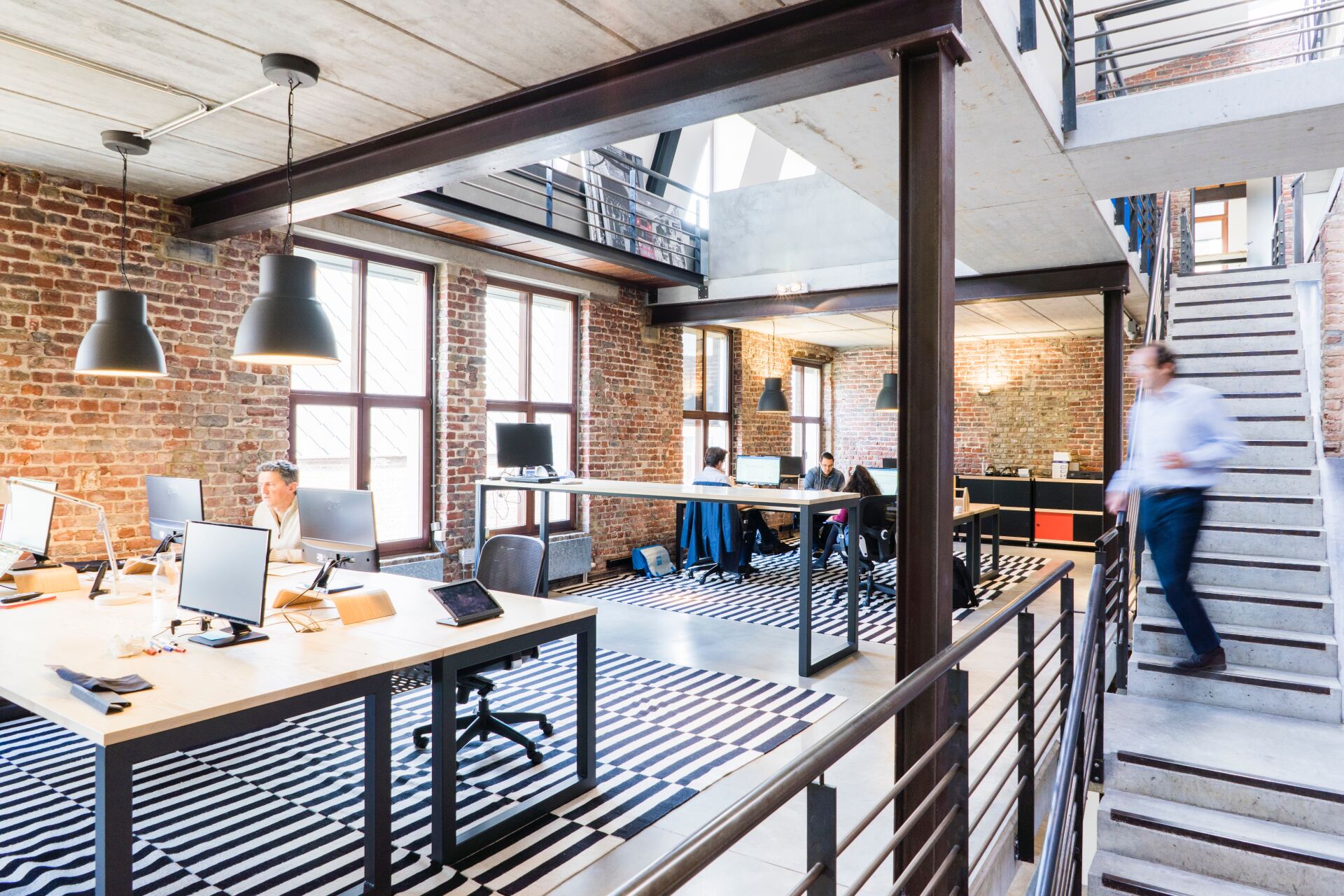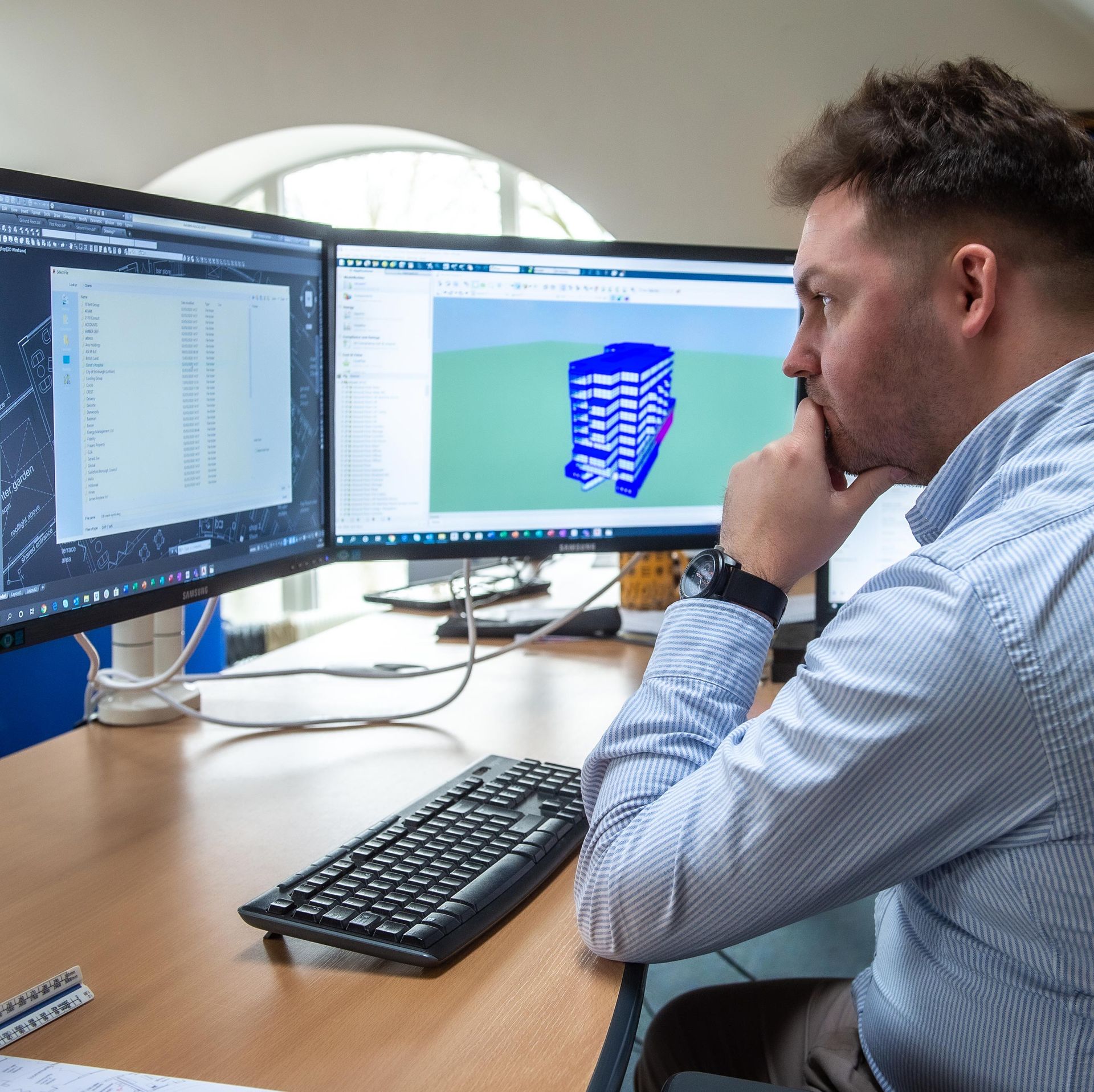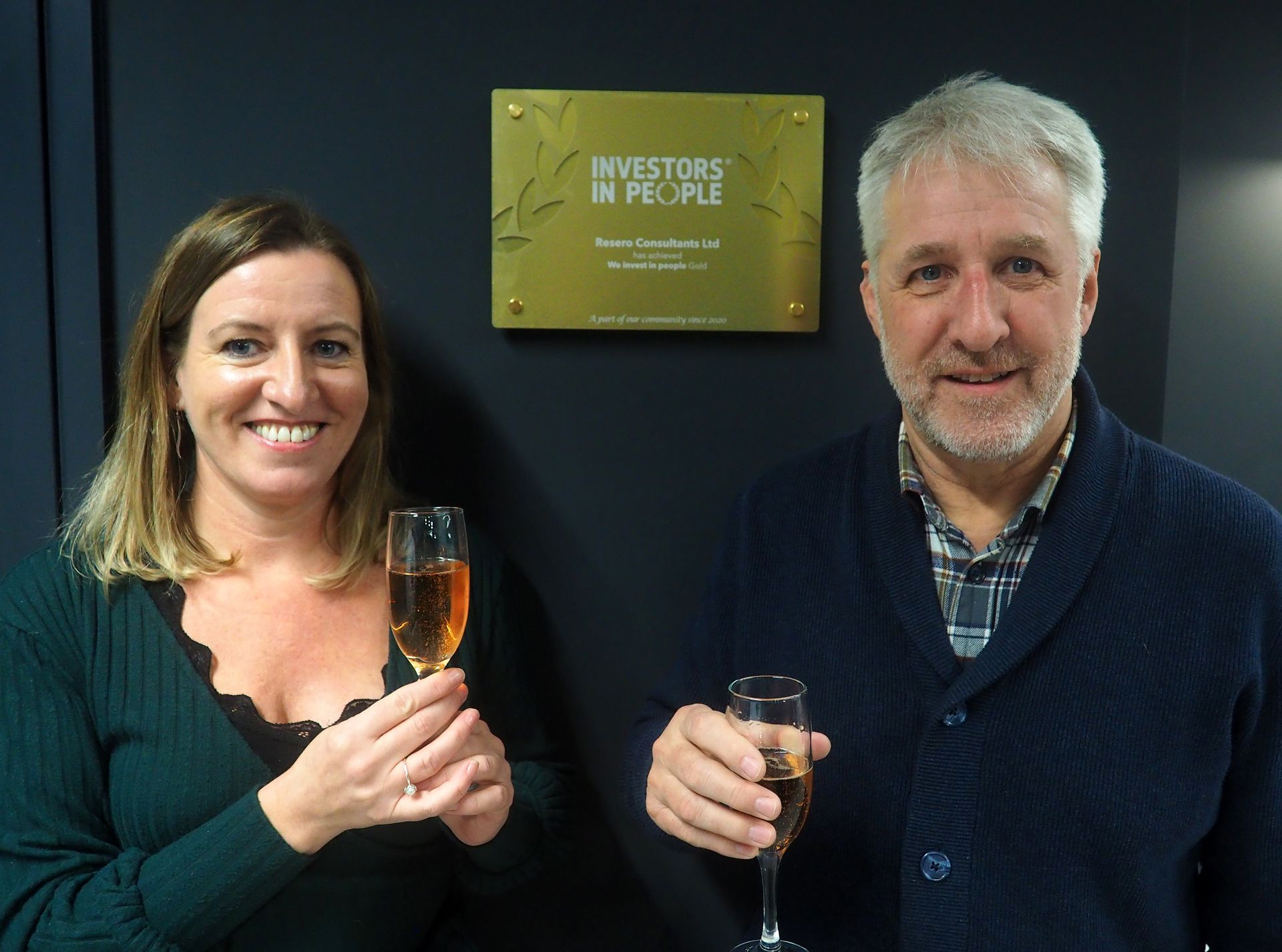A week in the life of our technical asset management team
Our Technical Asset Management (TAM) team is responsible for translating technical engineering knowledge into a comprehensive understanding of a building's financial and environmental impact, working with various clients to ensure their buildings are efficient, sustainable, and well-maintained.
The role of a TAM member can be incredibly varied, with each day focused on a different task or location. To help give some insight into the team, we asked Associate Director Tom Kebble to talk us through his week.
Start of the week
I had a quarterly meeting with contractors who work across a number of our clients. At these meetings we discuss any issues we might have with their service delivery and if they have any problems with the processes or instructions they receive from us. We go through a selection of the buildings we are working on together and discuss any risks, operation and performance issues or challenges as well as any innovations or new products on the market that might be worth considering.
I find these meetings are crucial for ensuring we are proactive in picking up potential problems and heading off crises such as a boiler going on the blink in the middle of winter. It’s also really important for maintaining a good relationship with the contractors so there’s a sense of mutual respect for one another, this helps us get the best service from them for the client.
Midweek
I undertook a PMR (Planned Maintenance Report) for a client’s building.
A PMR is essentially a cost plan for a building over 5-10 years. It focuses on a business-as-usual cost scenario. So, for example, based on the age and condition of the existing plant in a building, I need to estimate when it's likely to need replacing or major repairs.
First though, I need to assess the current condition of the building's mechanical and electrical assets. Some of this will already have been done when we took the building on through our mobilisation survey, so the first thing I need to do is check our digital asset register for the building to make sure it’s up to date and detailed enough. If there are any gaps or I know repairs have been done, then I use my next site visit to add more information.
I spend some time working out a realistic plan for this building. I need to factor the current asset strategy and avoid loading all the costs into a single year as that will be unaffordable for the client.
The generation of the cost plan itself is relatively easy owing to the EDGE APM software we use. Based on what I’ve put into the asset register it automatically generates the cost plan and codes all costs against the RICS new rules of measurement as well as SFG20 codes which means both the contractors and engineers as well as the property managers and surveyors can make sense of it.
The costs are already in the system as a combination of industry standards and our own cost library detailing real and recent project costs to help improve accuracy. Once the system has generated the cost plan I just need to go through it and make sure it all makes sense. I send the PMR to the client and the managing agents for the property and arrange a follow up call to discuss.
I then spend some time analysing the closed-loop water system chemical and microbiological analysis for another building over an 18-month period. We needed to establish a trend from the results and identify any events that would have had an adverse impact on water quality along with recommendations. I worked collaboratively with other specialist consultants involved.
End of the week
I travelled to London to visit a building and carry out a site survey as part of the routine auditing process we offer our clients. I meet the site management team as well and the contract manager for the mechanical and electrical services in the building. By conducting a physical site survey of equipment as well as reviewing maintenance records in order, we build a picture of current service delivery and highlight any risks to the client.
One of our roles is to provide a bridge between the technical (i.e. in this case the contractors) and our non-technical clients who are usually asset or property managers. It’s a good way for our clients to have confidence that what should be happening in the building is actually happening. We check the building is legally compliant across a whole range of areas such as health and safety, fire prevention, legionella contamination etc. We also check if the contractors are doing everything they should be under the terms of their contract and (if the client has asked) across a range of sustainability metrics such as operational controls to improve energy efficiency etc. It means I need to be up to date across mechanical and electrical engineering, all the legislation as well as the history of each building under my remit so I know when renovations were done and what might be causing any current issues.
I finish up by looking to next week and if there are any buildings I need to visit and talk with the rest of my team about their week and any questions or issues they might have.
As a member of resero's TAM team, you can expect your work to be varied, challenging, and rewarding. We're always looking for innovative and dynamic individuals to join us, so if you're passionate about sustainability and have the skills and experience required, we encourage you to check the
careers page for more information.












